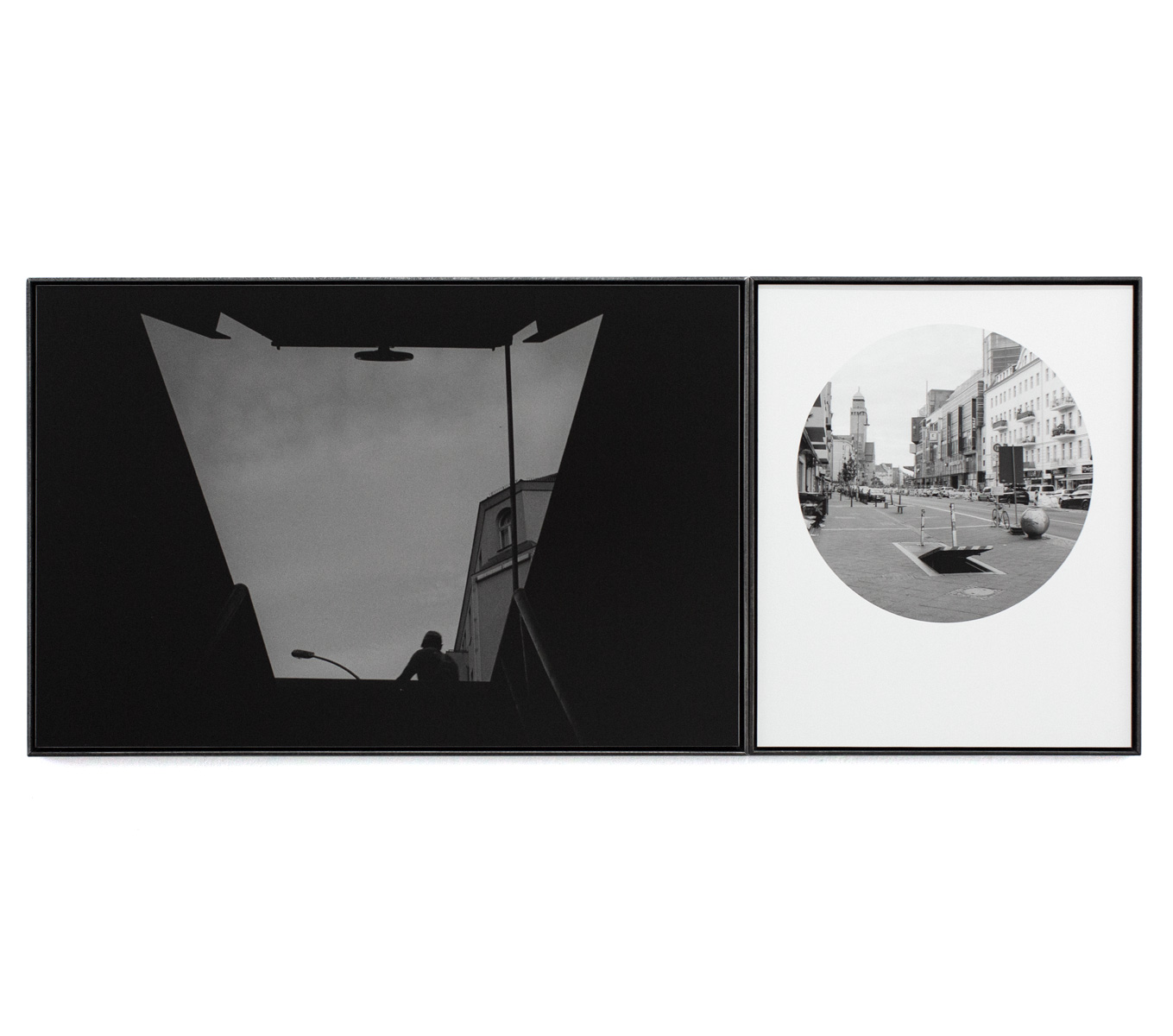
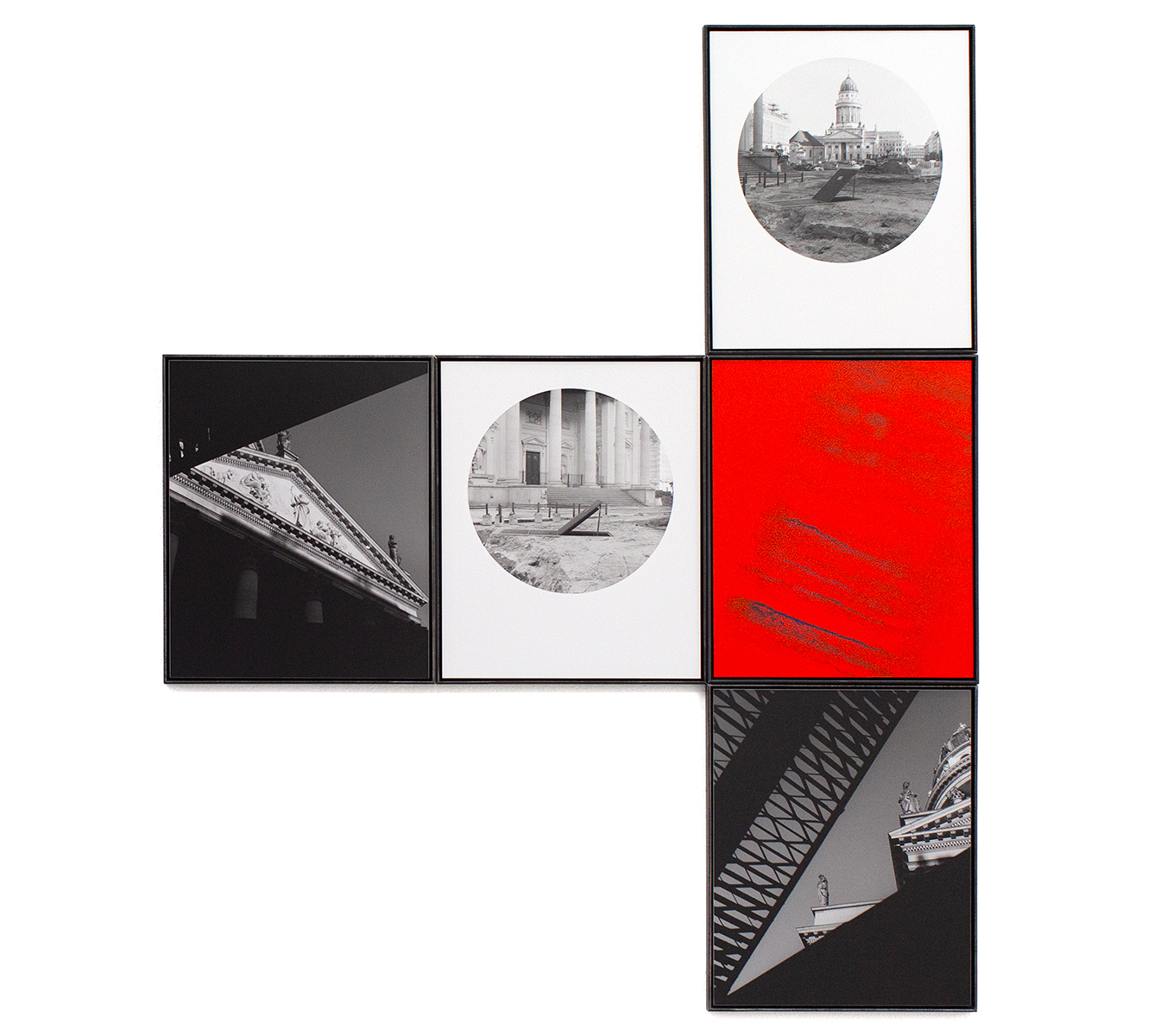
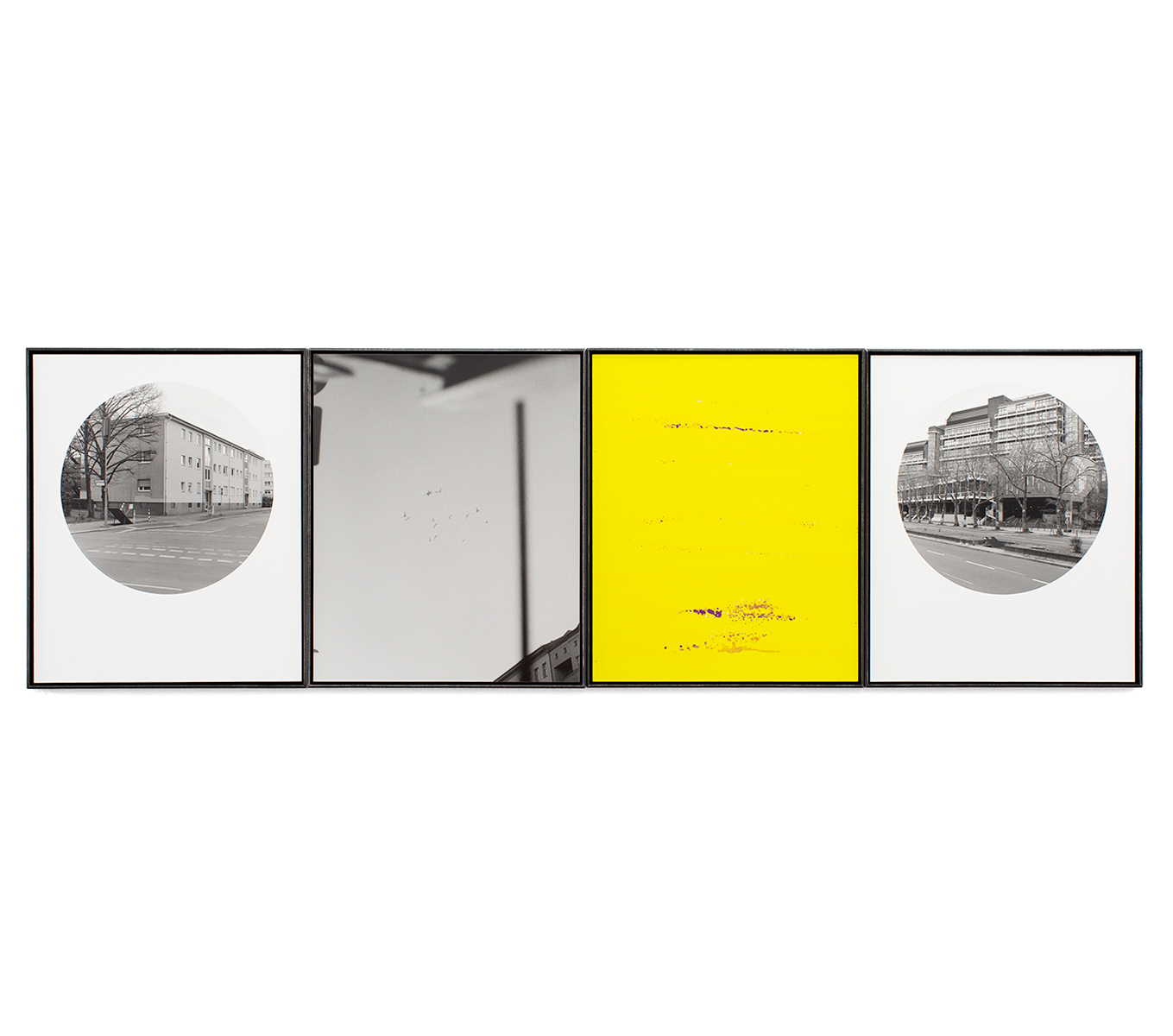
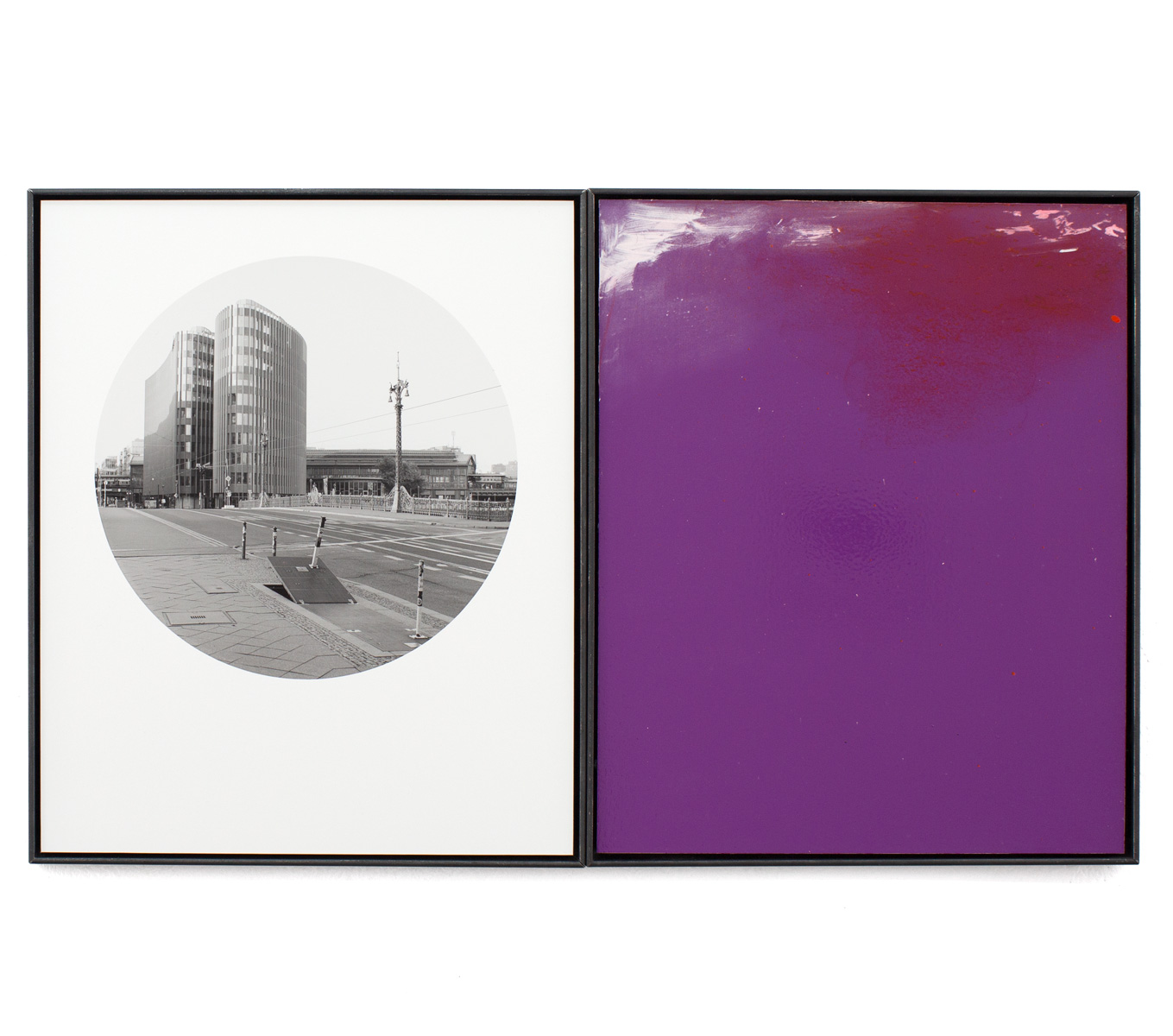
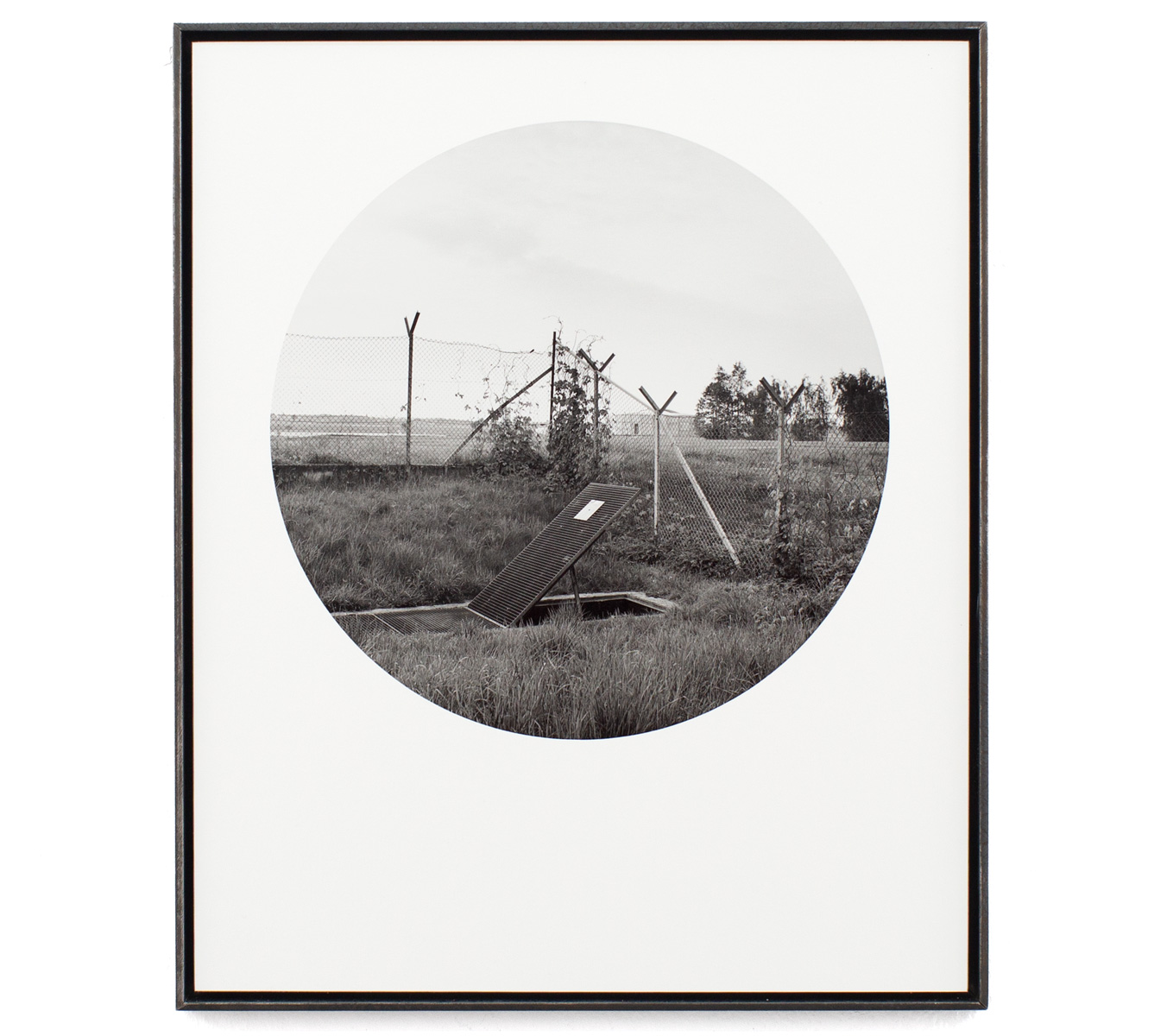
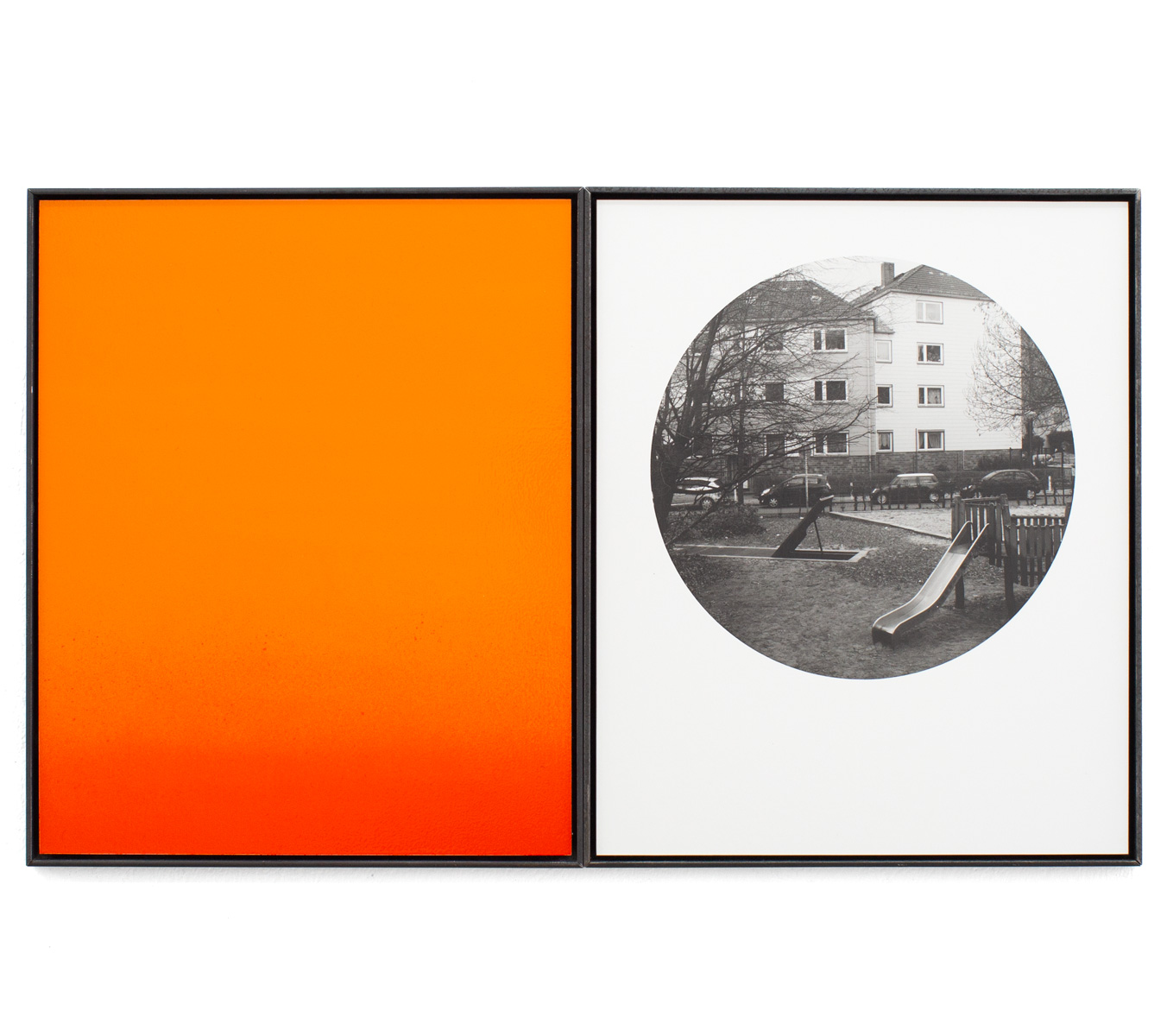
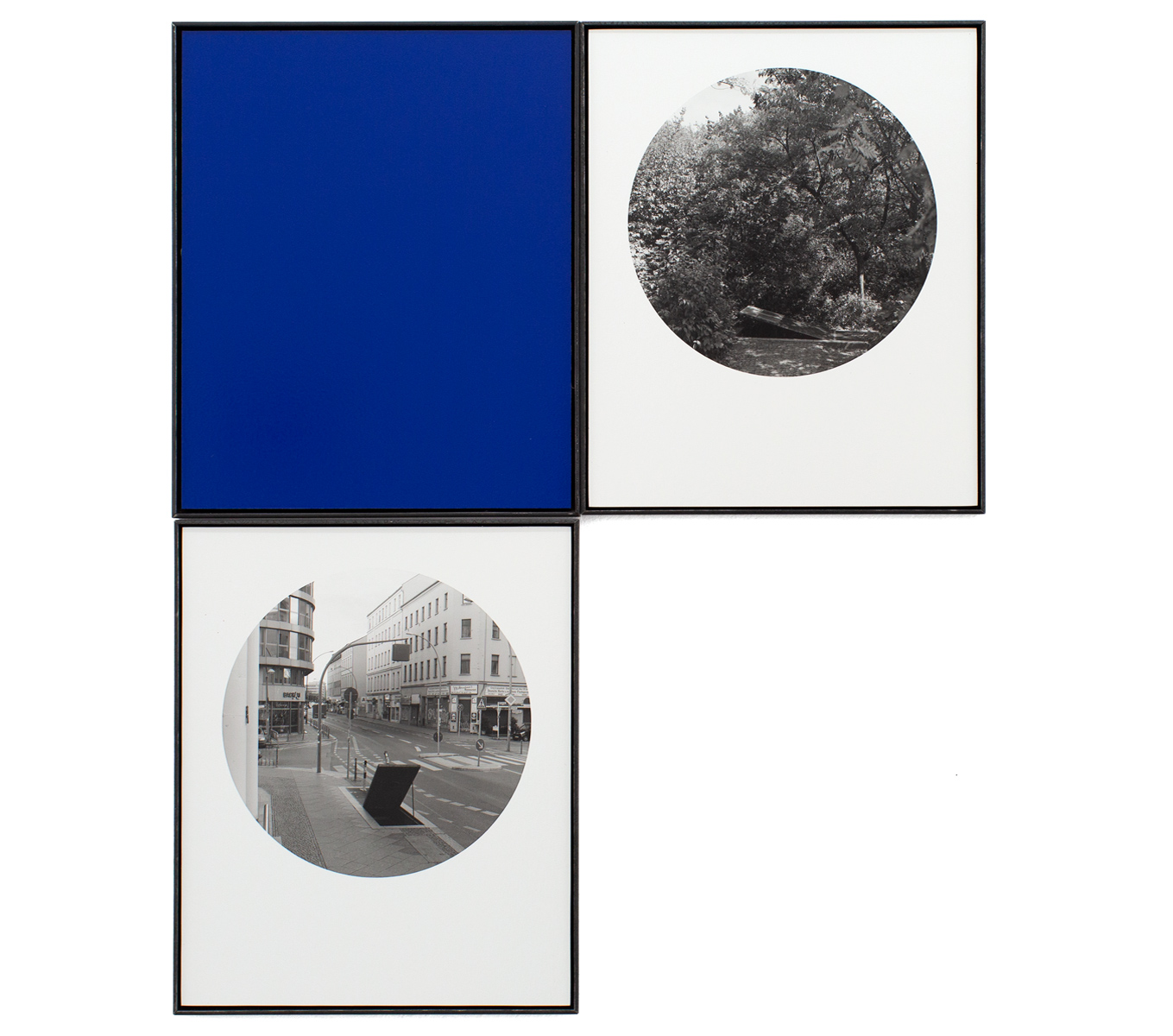
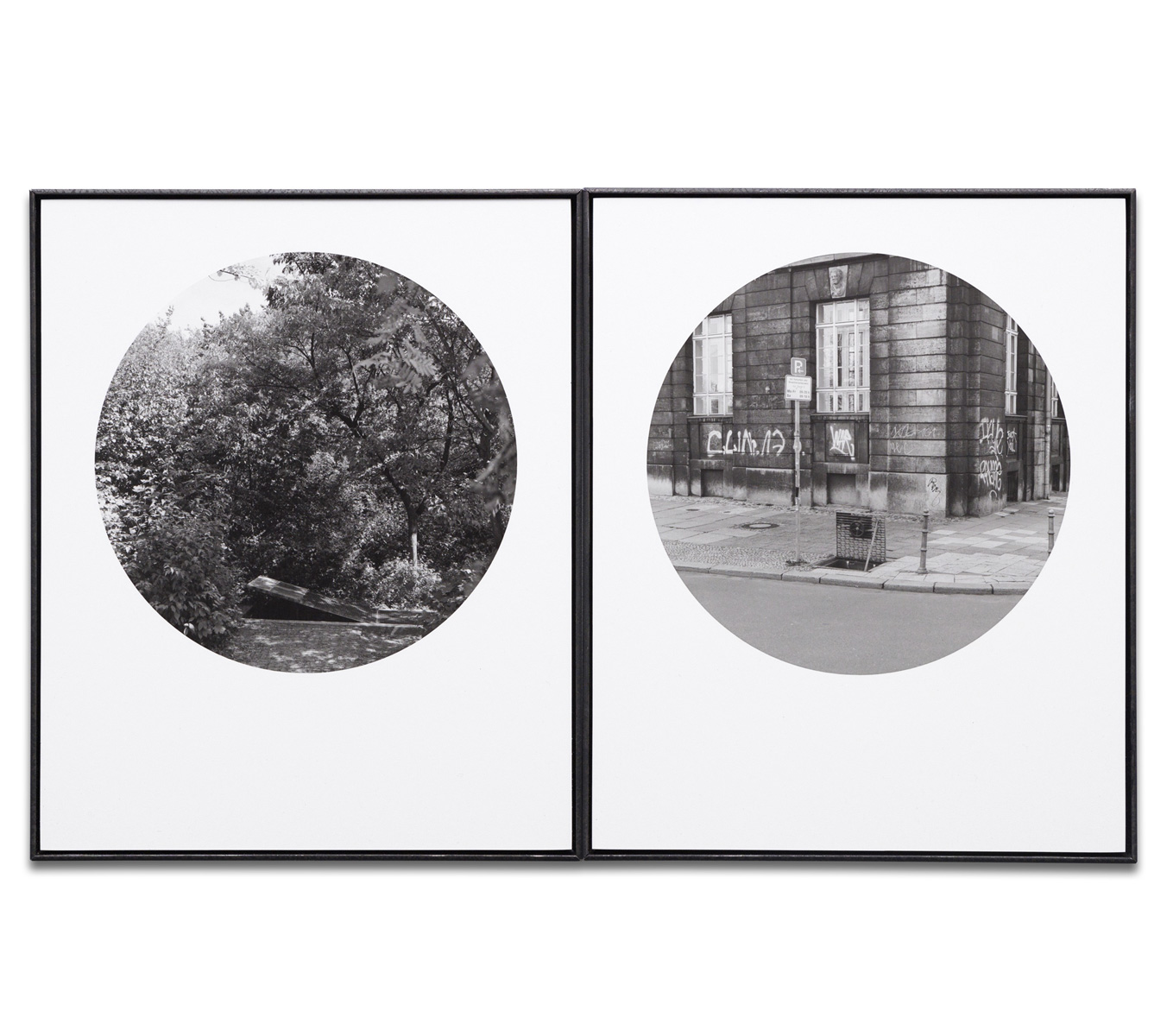
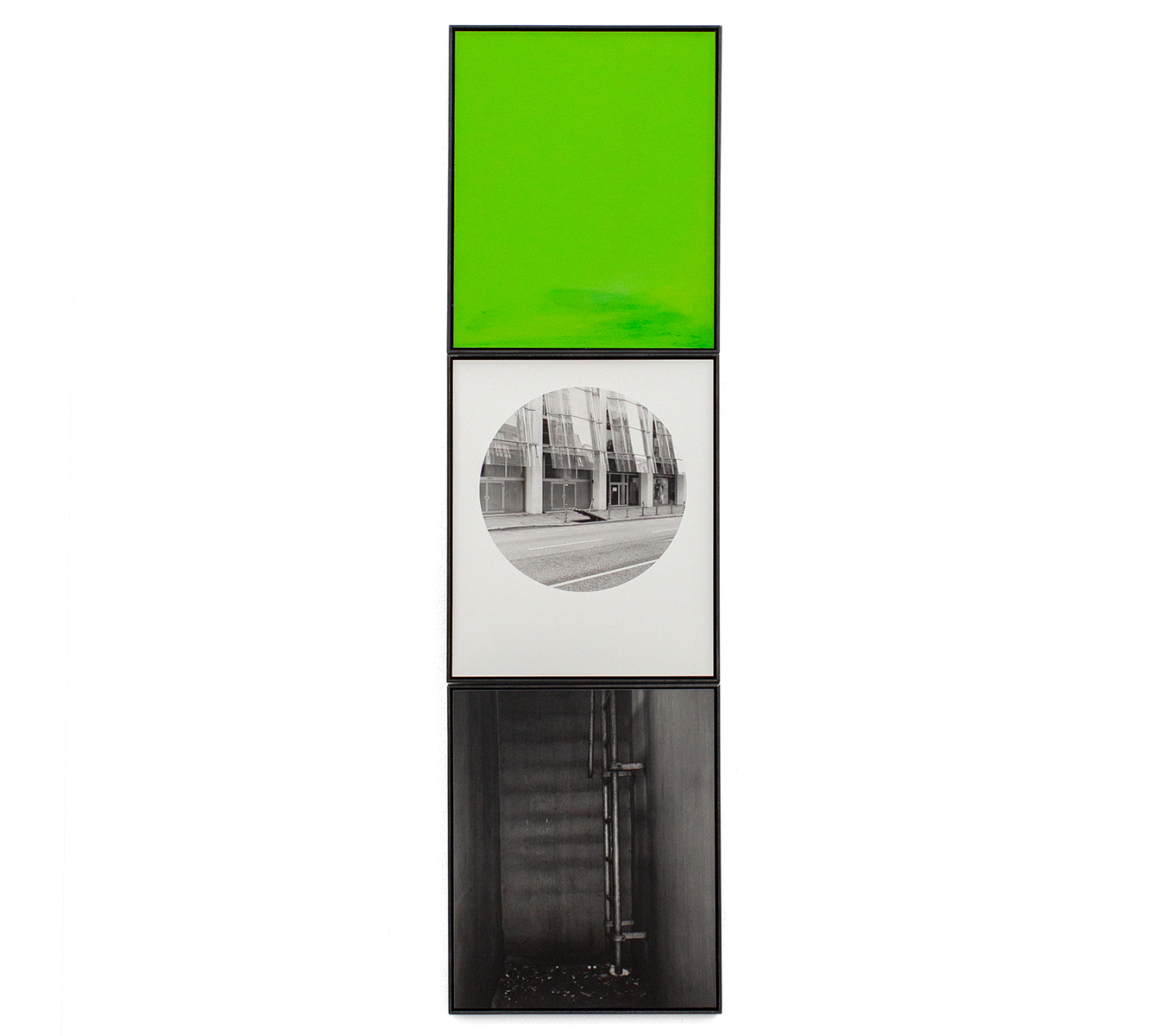
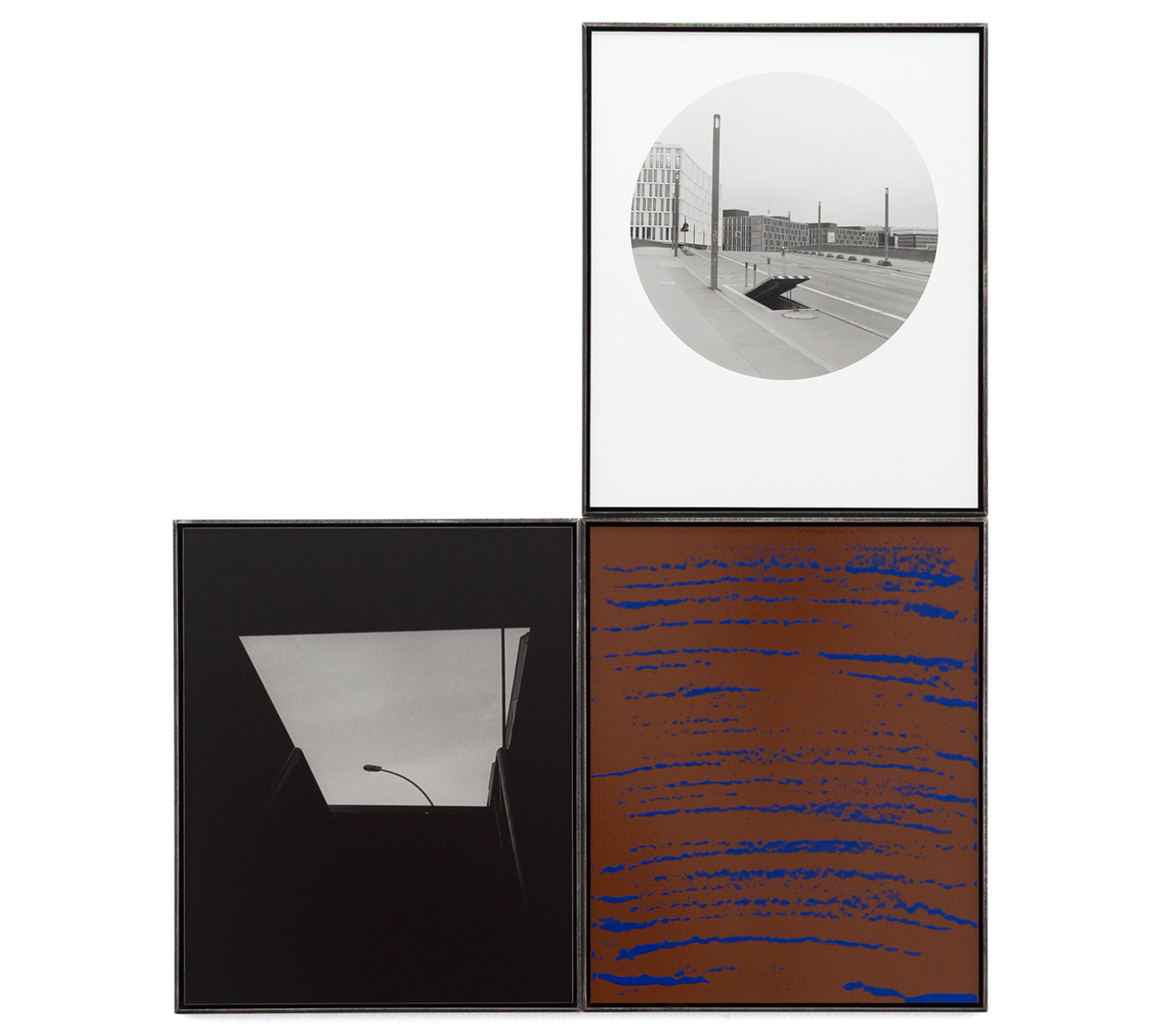
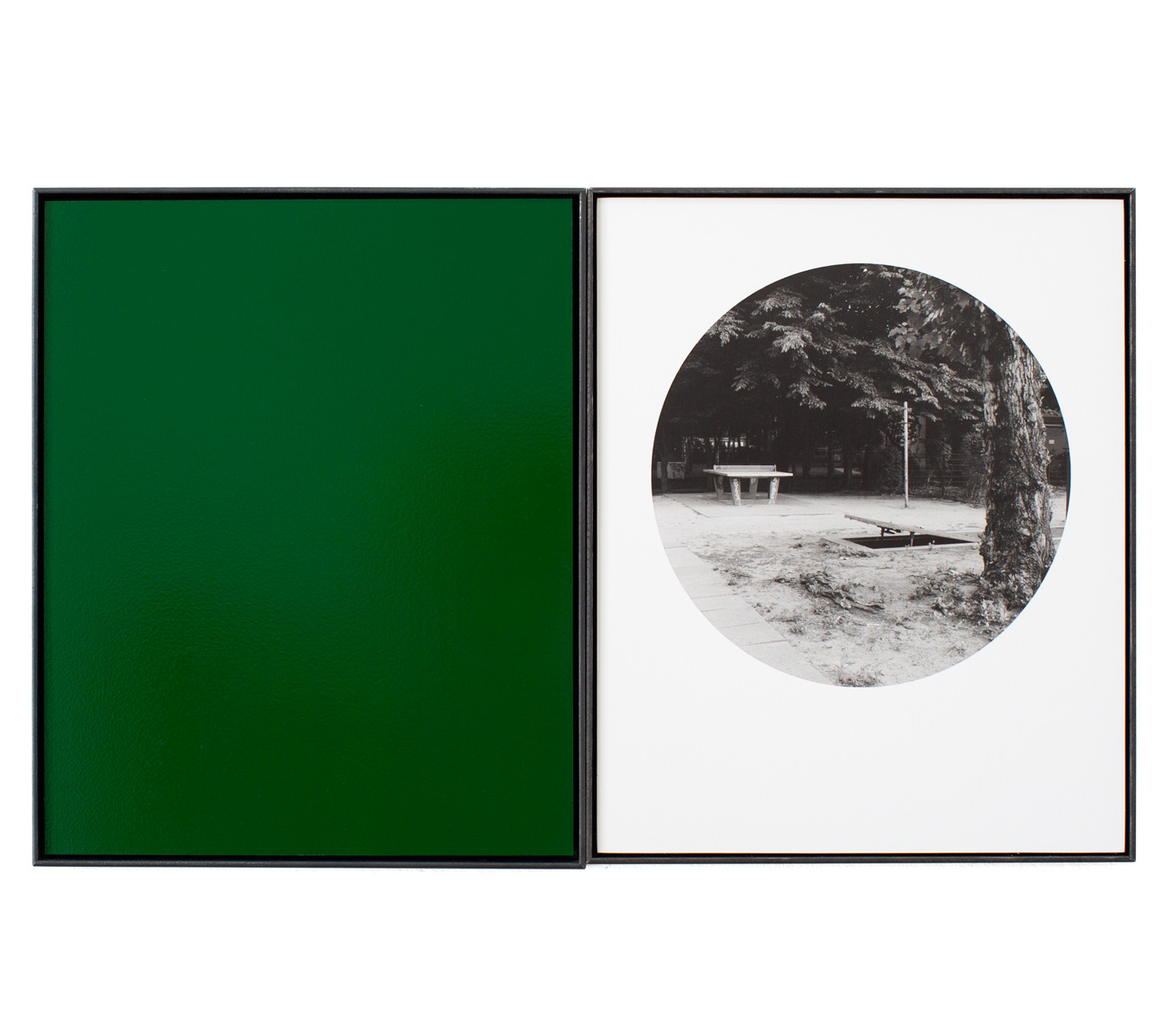
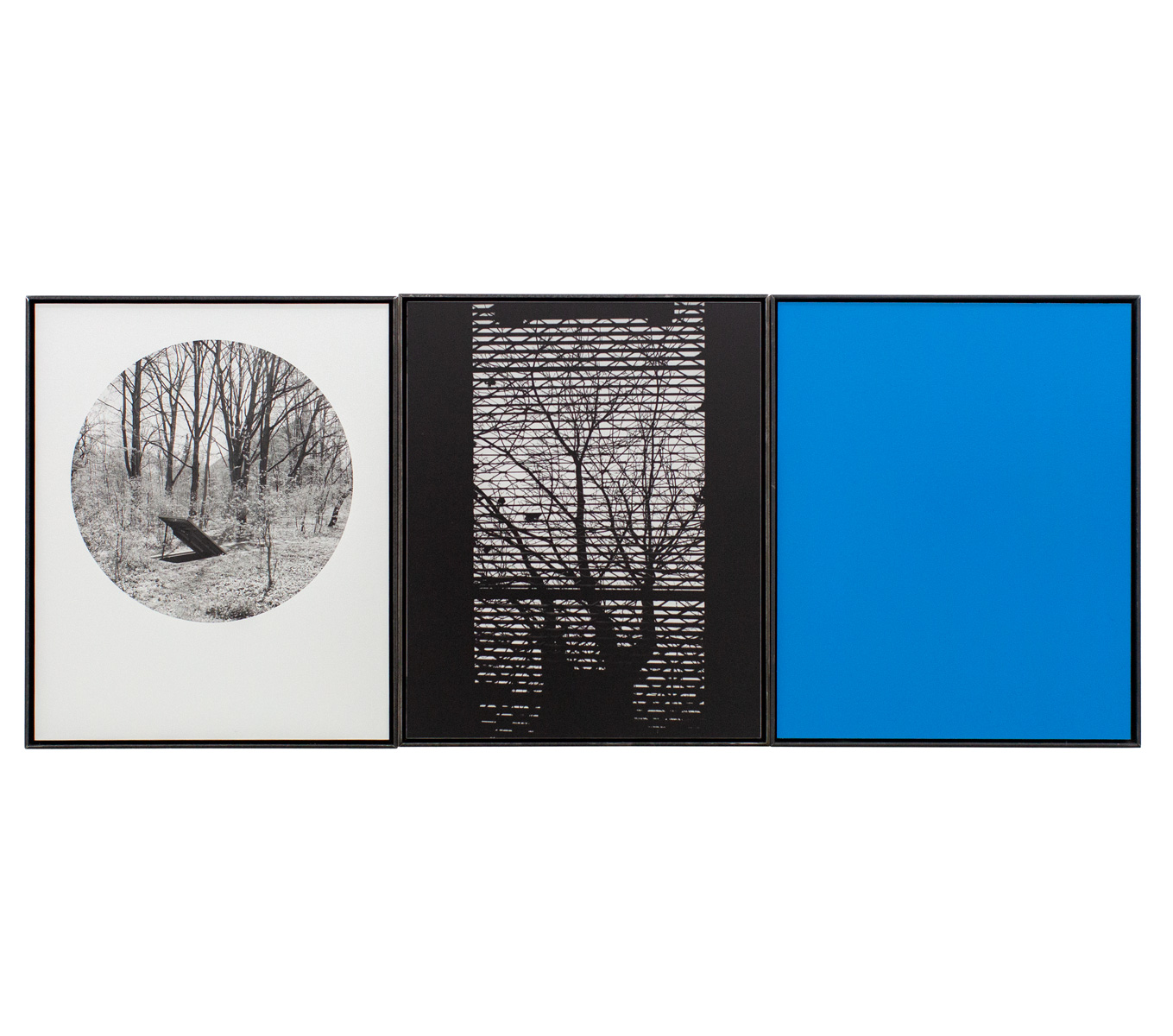
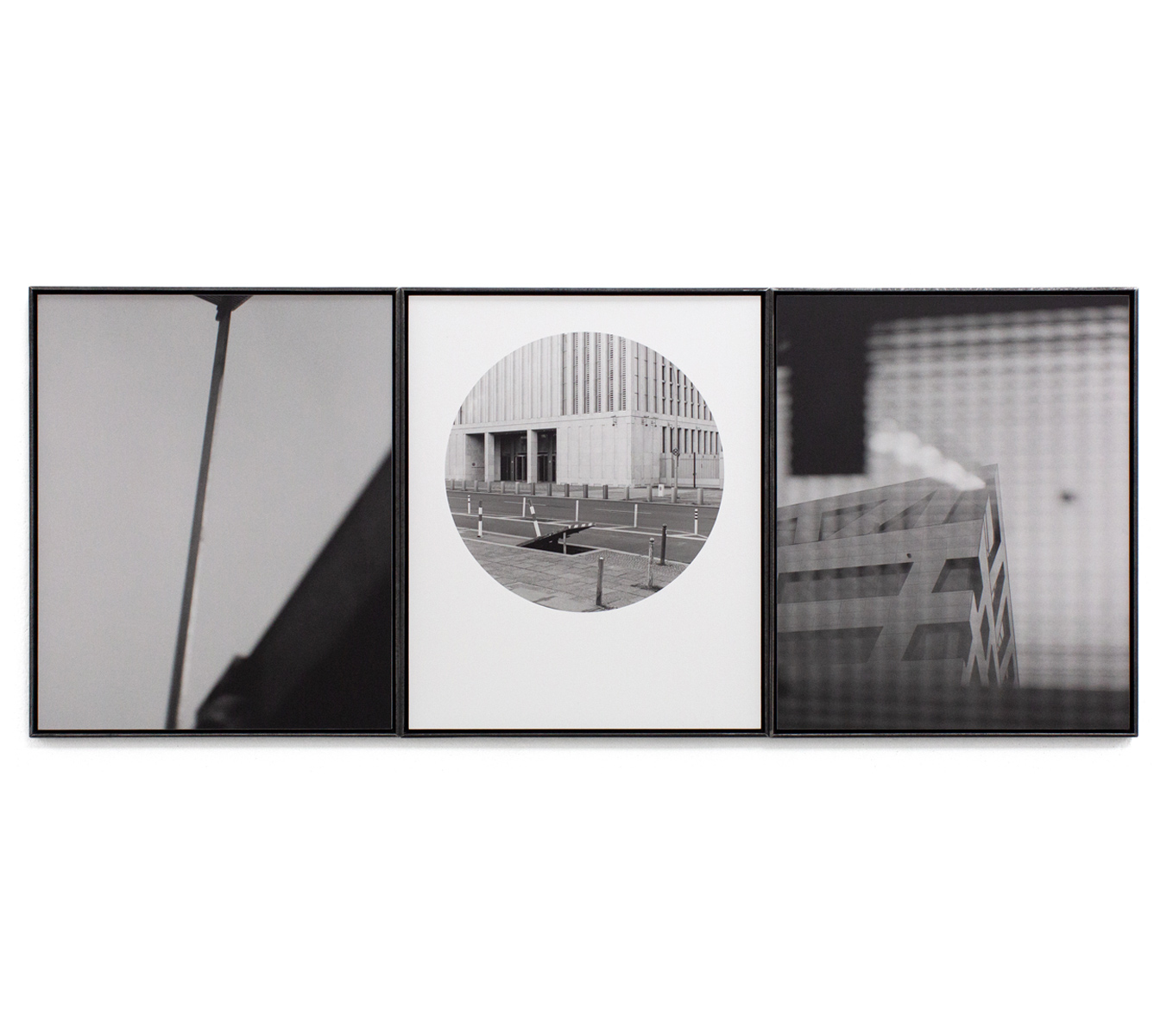
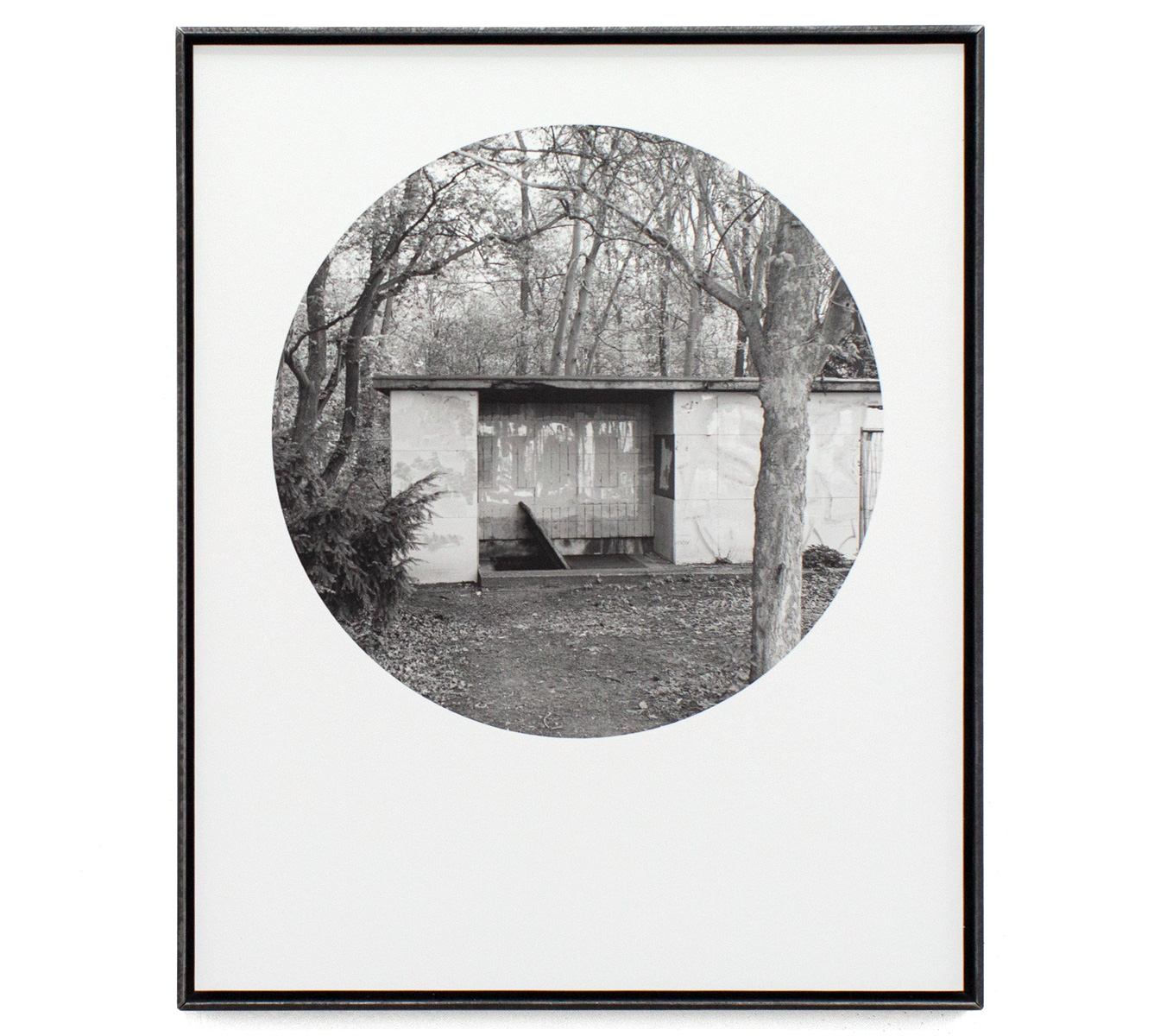
2022 - 2024 Exit is a photographic series that captures the exposed emergency hatches of Berlin’s U-Bahn network. These unremarkable, often overlooked exits — normally sealed and hidden from view — are photographed in an open state, creating a visual narrative that challenges our sense of order, security, and safety in an increasingly uncertain world.
Since the outbreak of Russia's war against Ukraine in 2014, which escalated dramatically in 2022, Europe has faced its most precarious geopolitical moment since World War II. This prolonged conflict has not only heightened tensions but also revived the very real fear of war on European soil. Cities like Kharkiv and Kyiv have seen their metro stations and air raid shelters — unused since World War II — become critical spaces of refuge. During an art residency in Kyiv in 2023, Behrendt witnessed firsthand how these deep underground stations provided protection during air raid alarms, sparking his reflection on Berlin’s own preparedness. In the face of a similar crisis, where would the civilian population of Berlin seek shelter? What hidden spaces, lying beneath the city’s surface, might serve as protection?
The emergency hatches Behrendt captures in Exit, 2022-24 symbolize more than just access to the Berlin subway system—they represent a fragile connection between the secure, visible world above and the uncertain, unseen underworld below. By photographing these hatches in their open state, Behrendt subverts their intended purpose. Typically, these monitored doors blend into their urban surroundings, but when open, they suggest a breach, an emergency, or an uncontrolled event that disrupts the order of daily life. The exposed portals invite viewers to consider what lies
beneath: tunnels, corridors, and potential shelters that may become necessary in times of war or crisis.
The project began with Behrendt’s decision to map and walk the precise routes of the Berlin U-Bahn, tracing its lines as they snake through neighborhoods, parks, rivers, highways, and newly developed areas. The U-Bahn, which first opened in 1902, spans 175 stations across nine lines and stretches over 156 kilometers, with most of the tracks running underground. As Behrendt walked these routes, he meticulously recorded the locations of the emergency exits and documented their positions within the cityscape. In the second phase of the project, he selected specific exits based on their location and photographed them in an open state, portraying them as part of the city’s unseen infrastructure.
The images in the work evoke a sense of ambiguity. Why are these hatches open? Who triggered their release? What event could have caused this? These questions remain unanswered as viewers confront the unsettling emptiness of the spaces Behrendt presents. The photographs become a meditation on the thin line between security and vulnerability, order and chaos. In a world where the threat of conflict looms large, Exit, 2022-24 raises pressing questions about the preparedness of our cities and the fragile systems that underlie our everyday lives.
Through this series, Norman Behrendt transforms these otherwise ordinary emergency hatches into potent symbols — portals to a subterranean world and markers of the fragile sense of safety in a city that, like many others across Europe, may one day face an uncertain future.